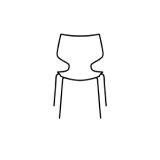
Blog
Your go-to destination for design inspiration and practical tips to transform your home. Discover the latest interior trends, style hacks, and budget-friendly ideas to create a space you'll love.

Set the Table for Holiday Hosting
When the holiday season draws near and you’re anticipating shared dinners, cheerful conversations and that special feeling of home, your dining room deserves a little refresh – just enough to feel ready for hosting without being overwhelming. With well-designed furniture that balances style and function, you can shape a space that works beautifully for family gatherings, special meals and...
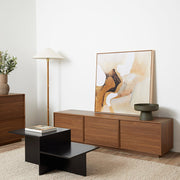
Style Your Living Room for Every Design Trend
Your living room is the heart of your home – a place for relaxing, connecting and showing your personal style. With the right furniture combinations, you can create a space that’s functional and beautifully styled. Below are five favourite interior trends, along with pieces from Mocka that help achieve each look....
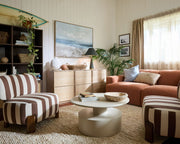
Made for Life’s Moments: Celebrating Our First Ever TV Commercial!
We’re thrilled to share a big moment for Mocka – we’ve just launched our very first TV commercial! At Mocka, we believe the best pieces don’t just fill a room – they support the real moments that happen inside it. Good furniture is built to last through growing families, celebrations,...
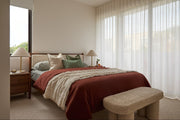
Style Your Bedroom for Every Design Trend
Whether your dream bedroom leans calm and minimalist or warm and rustic, the right furniture makes it easy to bring your vision to life. Here’s how to style five of today’s most-loved design trends using Mocka’s timeless pieces. Japandi Serenity Japandi style blends the simplicity of Japanese design with...
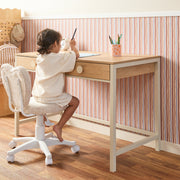
Study in Style – Back to School with Mocka
As the final term of the school year begins, it’s the perfect time to reset and get organised for a strong finish. A clear, creative space helps kids focus better, feel more independent, and even enjoy homework (well, almost!). Mocka’s range of youth desks, chairs and storage makes it easy to...
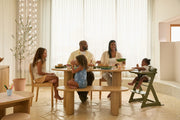
Summer Entertaining with the Whole Family
There’s nothing quite like summer when you have family and friends gathered together – kids playing on the grass, parents chatting around the table, and the ease of warm evenings where dinner stretches well into the night. When you set up your home with a little thought and a few...


